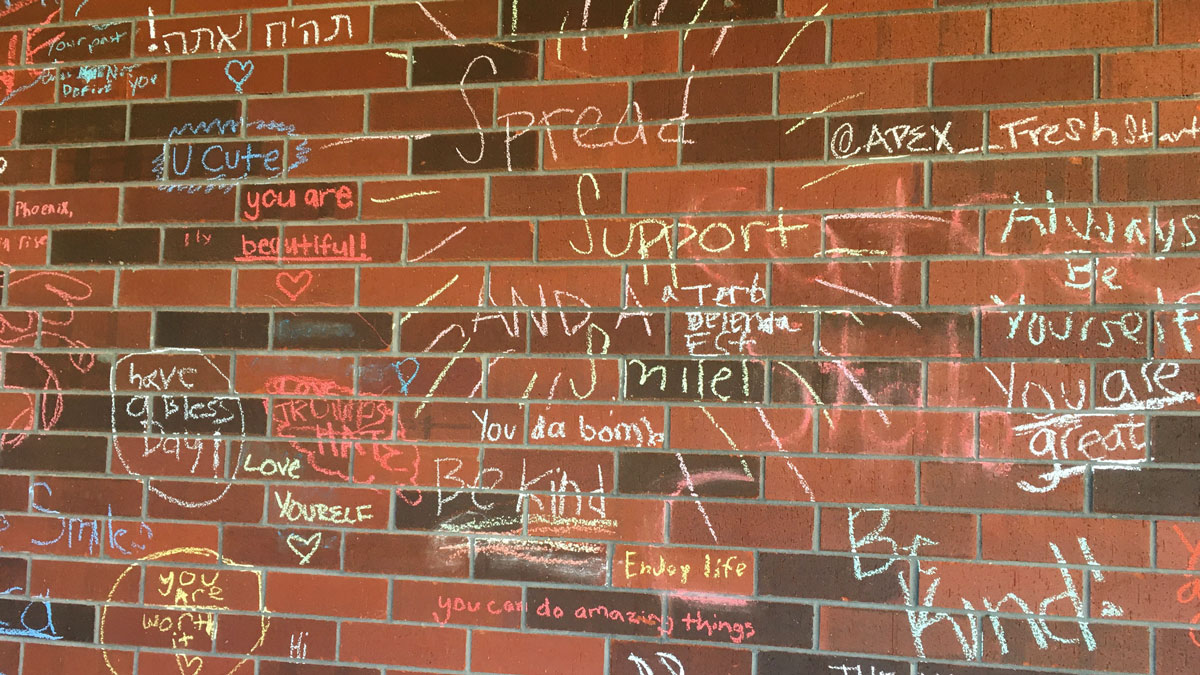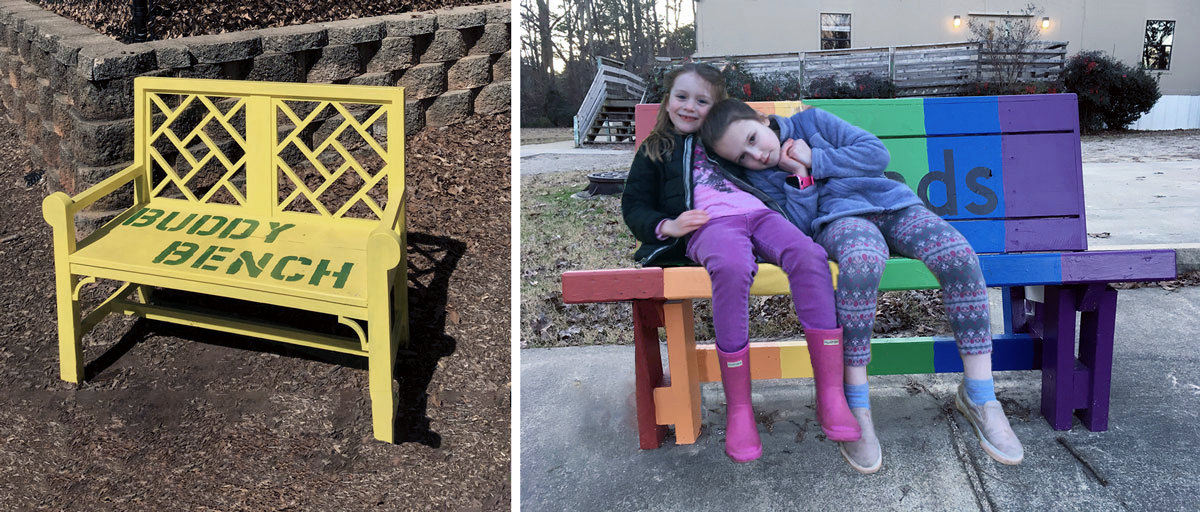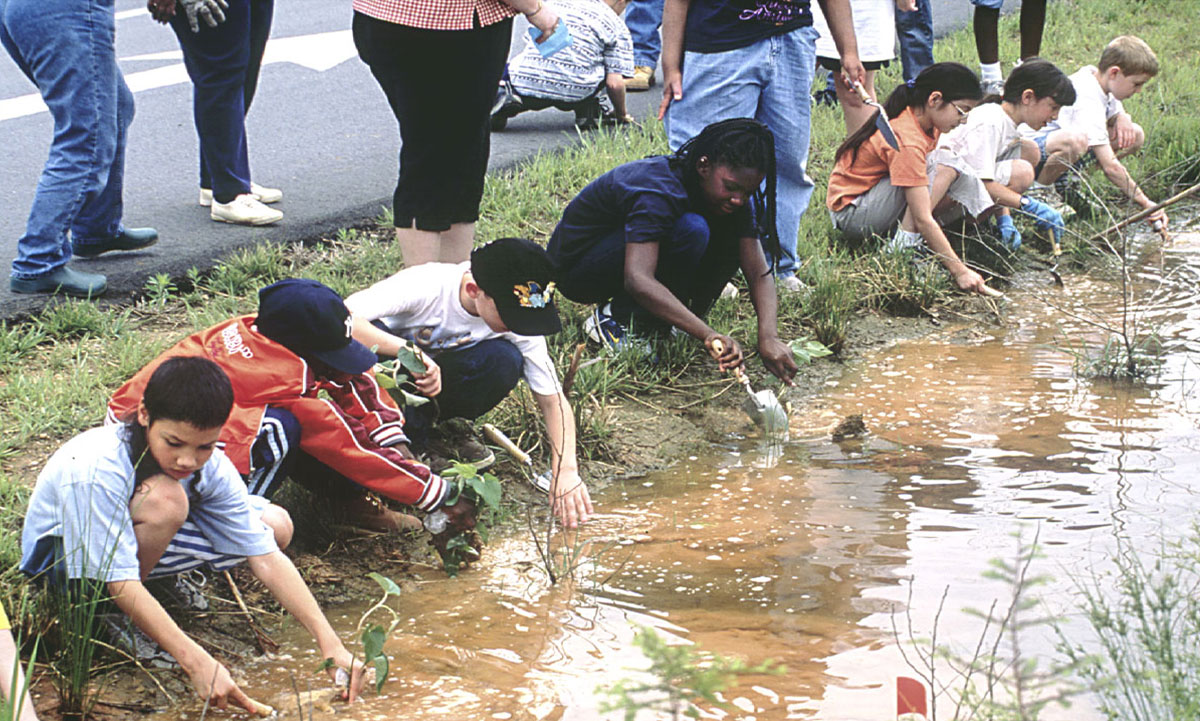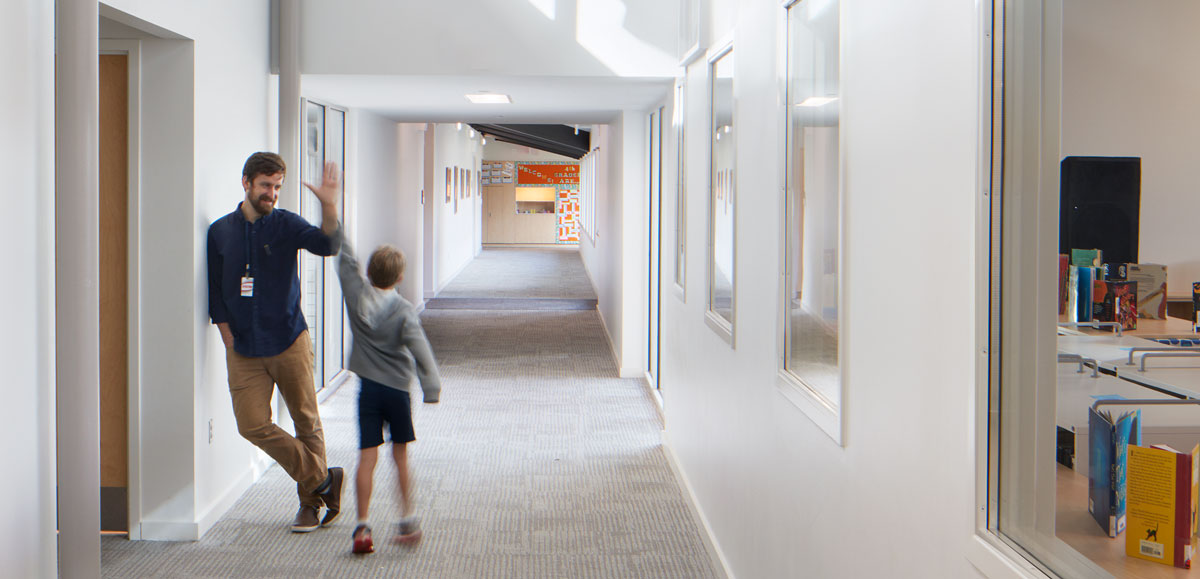5 Ways to Improve School Safety – for Free
 Safety in schools continues to be a topic of everyday conversation. While there are many ways to improve school safety, these often focus on physical changes to the school environment and, as a result, are difficult to achieve unless there is a budget dedicated to this effort. This is particularly challenging in existing schools where the building is established and may not be able to accommodate layout changes or renovation. But improving school safety is much broader and more nuanced than the emphasis on physical changes implies.
Safety in schools continues to be a topic of everyday conversation. While there are many ways to improve school safety, these often focus on physical changes to the school environment and, as a result, are difficult to achieve unless there is a budget dedicated to this effort. This is particularly challenging in existing schools where the building is established and may not be able to accommodate layout changes or renovation. But improving school safety is much broader and more nuanced than the emphasis on physical changes implies.
w
Arguably, behavioral and cultural changes are among the most powerful methods for making our schools safer. A recent article by NPR details the importance of prevention and highlights that four out of five attackers were bullied or ostracized in school, typically over a prolonged period of time. This quite clearly translates to a need for change related to student behavior, interaction, and support services. With this objective in mind, I took a look at five ways to improve school safety for free, in any existing or new facility:
Show kindness
Showing kindness is a simple idea, but perhaps the most critical of all. Teaching the future generation to be inclusive and kind instead of exclusive and judgmental will go a long way in social interactions and the experiences of students. Students are continually challenged to make decisions on how to treat others, and we should support and educate them in how to consistently be kind and practice patience.
Bullying is the top concern for teachers and staff, and kindness is a central tool in overcoming this problem. For example, I recently stumbled upon student art in the courtyard at the new Apex High School. In the center of the art was a simple instruction to “Spread Support and a Smile.” Created so anyone could add to it, the words surrounding this message were equally moving and encouraging. In a world where suicide rates are on the rise among teens and school shootings are too common, reading “the world needs you,” “you can do amazing things,” “be good to each other,” and “love yourself for who you are,” put a smile on my face and those of my colleagues and renewed our faith in the kindness being spread today.
Similarly, the ‘Buddy Bench’ is being implemented at many schools to promote inclusion, particularly at the elementary level. The Buddy Bench is a seat located near play areas, to be accessed at free play or recess times. When someone doesn’t have a friend to play with, or wants to talk to someone, they can sit on the Buddy Bench, and another student has an opportunity to show kindness and include them in play.
 Remember that we don’t know another person’s background, why they may act out, or why they may be shy, upset, or angry. Showing kindness reinforces both parties’ self-worth and has the power to change a course of action.
Remember that we don’t know another person’s background, why they may act out, or why they may be shy, upset, or angry. Showing kindness reinforces both parties’ self-worth and has the power to change a course of action.
Have a conversation
Students need a sounding board. Do you remember middle school, that challenging stretch of time during which changes in friends, yourself, and navigating life in general were a daily struggle? There are pressures from family, friends, and even schools on what to do, what to achieve, and how to handle these experiences. Students who have the opportunity to have a friendly relationship with a trusted adult are more likely to open up and share candid concerns during difficult conversations. These conversations can be personal, focused on the individual student, or may disclose potential concerns about other students.
While technologies and trends continue to advance, we must not forget that simple things can make a big impact. Be kind. Talk to each other. Create a community. Get outside. Just a simple smile or kind word may be what a student needs to feel valued – and that can make all the difference.
These conversations contribute to the school environment in multiple positive ways – the student feels supported, red flags may be revealed before an incident occurs, and the adult serves as a role model. Investing time in students beyond teaching curriculum can be more valuable than any standardized lesson.
Be a part of the community
Schools have macro and micro communities that can and should serve as connectors, where students feel a sense of belonging. The school community itself should be welcoming and inclusive, with opportunities for students to join smaller communities such as clubs, sports teams, extracurricular activities, and before and after school groups. Even the classroom is an example of a more intimate community.
Most new schools today are large, and these micro communities serve an important role in enabling students to develop a sense of connectedness with their classmates, making them feel more important and not as if they are just a number. Research has shown that students involved in a positive community environment in elementary school years are more likely to reap the benefits of higher achievements, positive social interactions, and positive decision making in middle and high school years, as well as reduced involvement with “problem behaviors, including drug use and violence.”
A school should also be part of its larger community, with neighbors and visitors keeping a watchful eye for anything that seems out of the ordinary. Whether a school is in a neighborhood, in an urban environment, or in a rural setting, creating a sense of ownership by the larger community supports the safety of the school and its students. This sense of ownership and connection is often strengthened when the school is open for community use after hours and serves as a gathering, recreation, and/or play space.
Go outside
Mental health and well-being are impacted by the physical environment. This is true in schools, workplaces, our homes – virtually any built setting – and is one of the reasons some physical hardening tactics can actually have a negative impact on students’ mental health. One way to promote mental and physical health is ensuring consistent exposure to outdoor environments during school hours. Time outside can help lower the risk of mental illnesses, reduce stress, reduce violence, promote relaxed environments, and improve moods.
Read More: The Value of Outdoor Environments to K-12 Learning, Health, and Student Safety
If it’s not practical to go outside, even mere exposure to natural elements can be beneficial. Tactics such as opening blinds in classroom windows and introducing plants are simple steps to positively influence student well-being.
 If possible, students should be encouraged not just to go outside, but to get their hands dirty. The experience of caring for other life forms (plants, in this case) through gardening can have a direct relation to student social interaction. For example, one study reviewed a high school gardening class conducted in several schools in Colorado, finding it to be so beneficial to its participants that other students not enrolled in the class would sometimes be advised to join in. Specifically, this class was noted for its ability to relieve stress and provide a sense of calm. It was a requirement for young mothers in high school, who found it beneficial to their sense of self-worth as they defined their new roles as mothers and explored the parallels of caring for living beings. Direct involvement with the care of nature translates to healthy social interaction between students and other students, staff, and family members.
If possible, students should be encouraged not just to go outside, but to get their hands dirty. The experience of caring for other life forms (plants, in this case) through gardening can have a direct relation to student social interaction. For example, one study reviewed a high school gardening class conducted in several schools in Colorado, finding it to be so beneficial to its participants that other students not enrolled in the class would sometimes be advised to join in. Specifically, this class was noted for its ability to relieve stress and provide a sense of calm. It was a requirement for young mothers in high school, who found it beneficial to their sense of self-worth as they defined their new roles as mothers and explored the parallels of caring for living beings. Direct involvement with the care of nature translates to healthy social interaction between students and other students, staff, and family members.
Check your climate
Every school should take a long, hard look at itself and give an honest self-evaluation. Is the climate of the school positive for students? Would you feel comfortable being a student in this school? Would you feel comfortable with your children attending this school? Are all teachers and staff members approachable, willing to make changes for the good of students, willing to take a class outside, or get to know their students one-on-one? If the answer to any of these questions isn’t “yes,” then there is a possibility the climate of your school is less than ideal.
Students thrive socially, emotionally, and physically when the school climate has clear and strong values and expectations to promote student well-being. This is best implemented through the example of staff and teachers. If the school principal is not willing to make necessary changes for students, it’s likely that other teachers and staff will have the same reservations.

I’ve had the good fortune to work with many schools whose leaders are dedicated to fostering a positive school climate. Between myself and my colleagues serving K-12 clients, we have worked with principals of schools with 2,300+ students who still manage to learn every student’s name; principals who have transformed their offices from a traditional desk to more open seating for a relaxed and approachable environment; teachers who take their classes outside; and teachers who give their students ownership of their classrooms and how they are learning.
In one instance, a teacher got to know her students better by learning what books were currently popular, integrating those books in her courses, and finding parallels between the current stories and classic novels. The consistent theme among these schools is that the staff continuously put student needs at the forefront.
These ways to improve school safety are not groundbreaking, but they are essential to addressing the root cause of violence in our schools. They require cultural and behavioral shifts, but with the promise of tremendous value. While technologies and trends continue to advance, we must not forget that simple things can make a big impact. Be kind. Talk to each other. Create a community. Get outside. Just a simple smile or kind word may be what a student needs to feel valued – and that can make all the difference.

Becky Brady, AIA, ALEP, CDT, LEED AP BD+C, specializes in K-12 and educational design. As a member of a national taskforce created by the Association for Learning Environments (A4LE), Becky is studying the many different aspects that impact school safety. To learn more about our K-12 practice or to discuss the impact of outdoor experiences for K-12 students in greater detail, please contact Becky at rbrady@clarknexsen.com or 919.828.1876.
